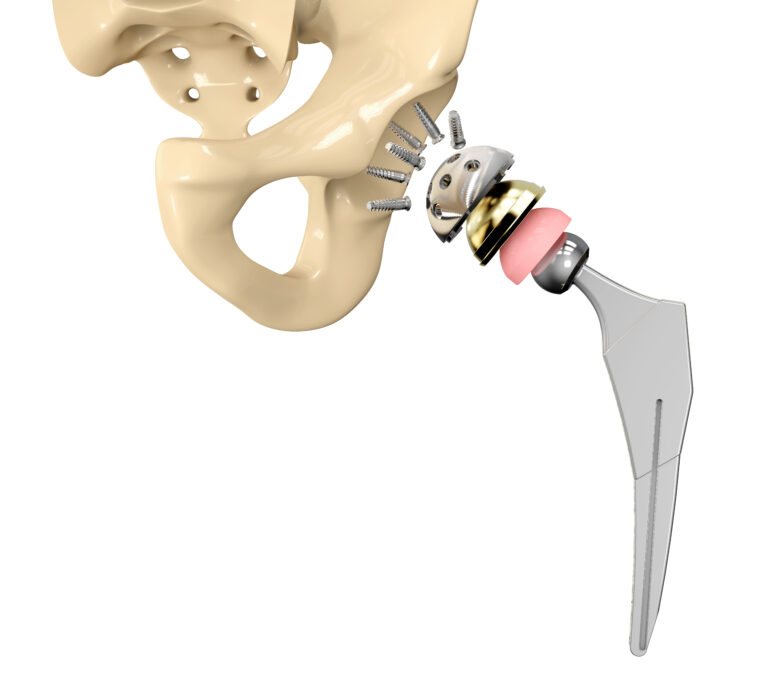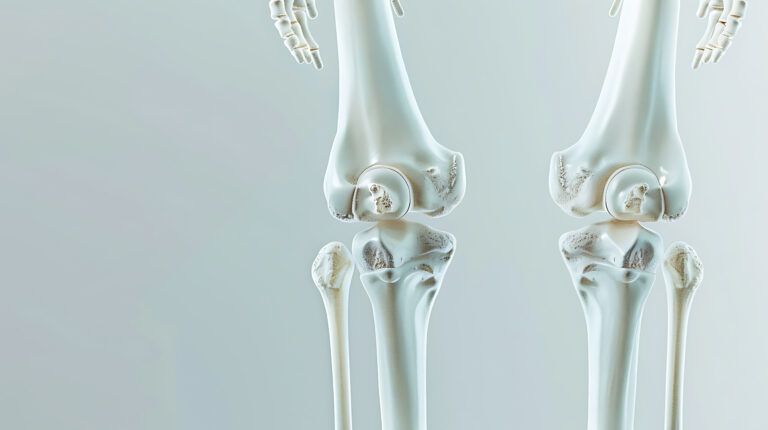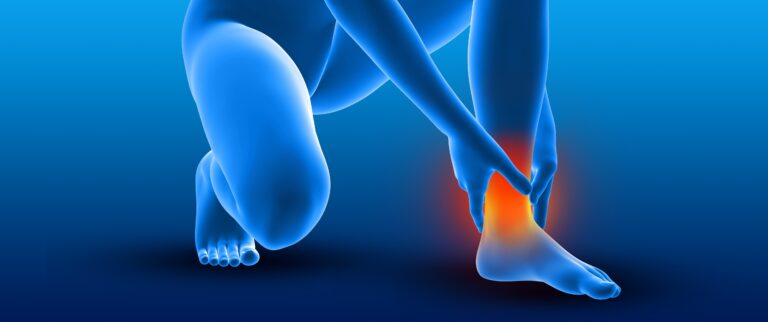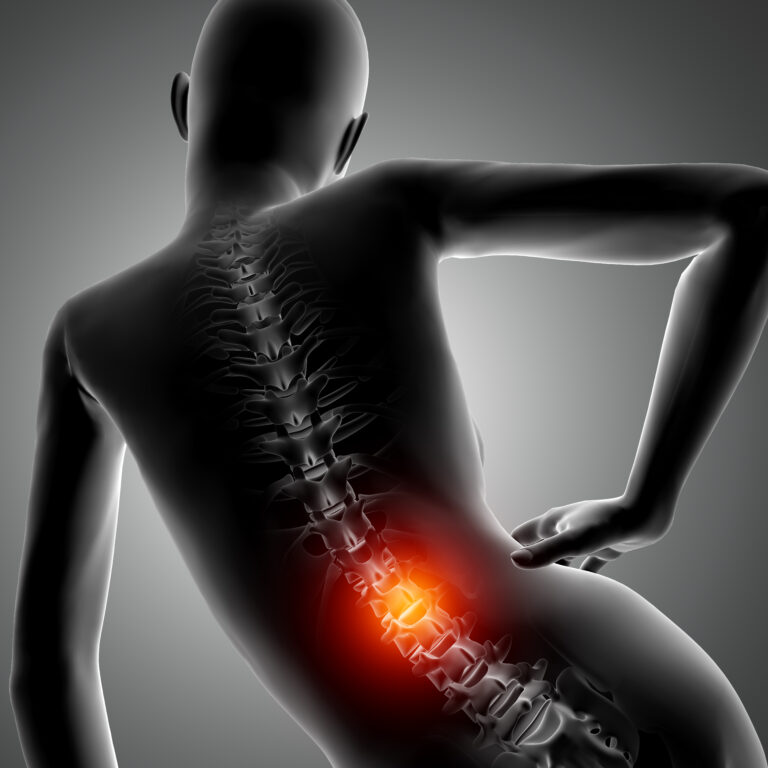Did you realize that a signal for pain can travel swiftly, about 0.06 miles per second? This quick pace is crucial because pain signals must swiftly alert your body to any injury or danger. If they were sluggish, you might not react in time to prevent serious harm, like burning your finger on a hot stove. Pain serves to grab your attention promptly. However, while pain signals and nerves can be lifesaving, they can also cause severe pain, which diminishes your overall quality of life. Treating nerve pain often requires a collaborative effort since medications alone may not suffice to manage the pain.
Treatment for Nerve Pain
While all pain travels along nerves, when the nerves are directly affected, the consequences can be severe and might become chronic (long-lasting). This kind of nerve pain is neuropathic, arising from nerve damage or compression. Pain can result from an injury or other conditions like diabetes, which cause the nerves to misfire, sending false pain signals even when there’s no real cause for pain. Apart from being excruciating,nerve pain can be extremely challenging to treat and diagnose. It may necessitate medications, physical therapy, injections, or surgery to address the root cause of the pain.
Furthermore, your doctor might suggest increasing your activity levels, which might be the last thing you feel like doing when grappling with pain. However, supervised moderate activity could help alleviate your pain. It’s important to note that stress and anxiety can amplify your perception of pain. Maintaining relaxation, rest, a healthy diet, and weight can significantly reduce your pain levels. Treatment approaches for nerve pain vary depending on individual needs and conditions. Your doctor will need to examine you, conduct tests, and identify the cause of your pain first.
Once the cause is determined, your doctor can recommend tailored treatments such as medications, pain-relieving injections, or surgery to address your pain. In some instances, your doctor might suggest an implanted device designed to disrupt nerve pain by sending overriding signals that interfere with pain sensations. Other treatments may involve sophisticated pain pumps placed under the skin to administer pain-relieving medications in precise doses. Additionally, devices like Intradiscal Electrothermal Therapy (IDET) and Percutaneous Stereotactic Rhizotomy (PSR) utilize heat to treat tissues or eliminate damaged nerves to prevent them from transmitting pain signals.
Disclaimer: The information provided in this blog post is for general informational purposes only and should not be considered professional advice. Before making any health-related decisions, consult with a qualified healthcare professional. The content is not a substitute for medical advice, and individual results may vary. The author and website are not responsible for any consequences arising from the use of the information provided. Use your best judgment and seek professional advice when needed.




